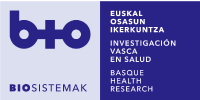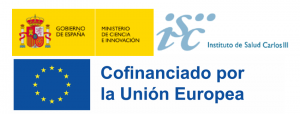ISCIII Project – PI23/01619: Poor evolution of patients over 65 years of age seen in the emergency department.
Project description:
Main objetive:
- To create and validate predictive models of poor evolution in people over 65 years of age attended in emergency departments. To this end, models will be developed and validated internally in which the reference values of vital signs will be adapted to this population segment and their most frequent reasons for consultation will also be taken into account.
- To explore which are the ranges of vital signs and complaints that predict worse evolution in elderly patients, which could lead to changes, if necessary, in the current triage systems in this population in the future. We add another variable of special relevance when predicting poor outcome in elderly patients, namely frailty. We believe that age alone is not a good indicator of poor outcome, as the population reaches senescence in a better state of health than in the past.
Design:
The models will be evaluated in a first phase and the second phase of the project, the implementation phase, in the future as well. The aim is to make a retrospective comparison of the patients identified as having a high probability of poor evolution, with the current systems and those detected by the new predictive models that we will generate.
Expected Impact:
The ultimate aim of the project is to provide decision support tools to help ED staff to detect patients over 65 years of age at risk of poor evolution, allowing them to better locate them in the first instance on arrival at the ED, to better decide on the patient’s discharge destination and to draw up more individualised follow-up plans.
Once the models are implemented, it is expected that this will result in better health outcomes and less loss of function, and thus better quality of life for patients over 65 years of age. Of life for patients over 65 years of age attending emergency services.
Funding body:
This project is financed by Carlos III Health Institute.

